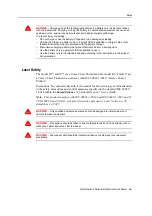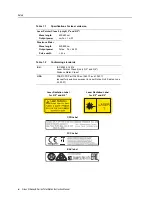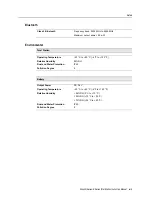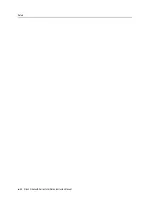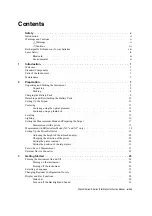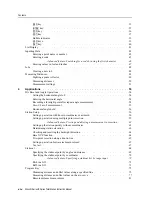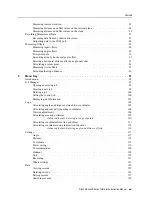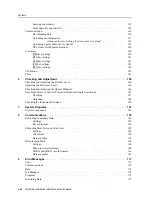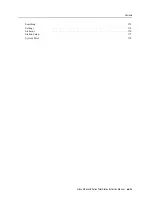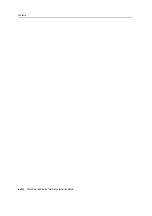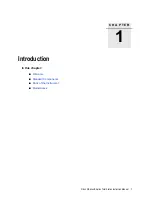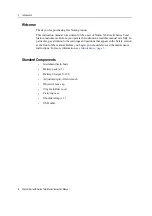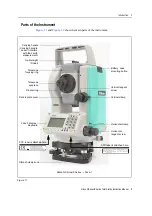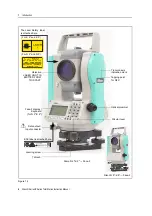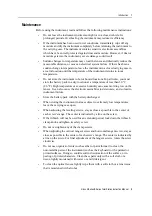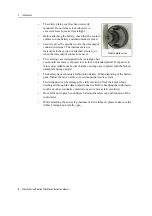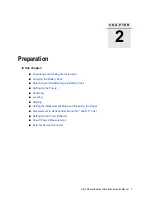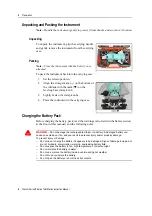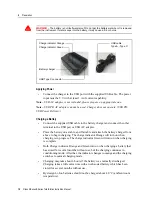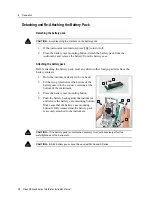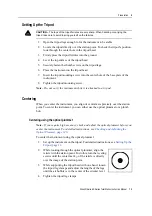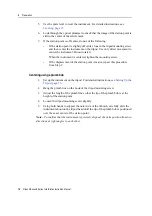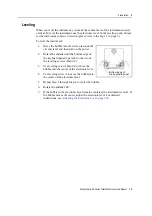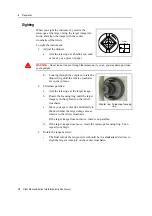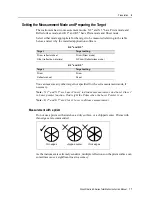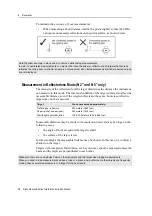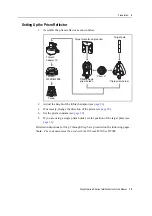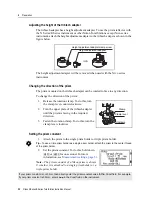
Nikon N Series/K Series Total Station Instruction Manual
5
Introduction
1
Maintenance
Before using the instrument, read and follow the following maintenance instructions:
•
Do not leave the instrument in direct sunlight or in a closed vehicle for
prolonged periods. Overheating the instrument may reduce its efficiency.
•
If the instrument has been used in wet conditions, immediately wipe off any
moisture and dry the instrument completely before returning the instrument to
the carrying case. The instrument contains sensitive electronic assemblies
which have been well protected against dust and moisture. However, if dust or
moisture gets into the instrument, severe damage could result.
•
Sudden changes in temperature may cloud the lenses and drastically reduce the
measurable distance, or cause an electrical system failure. If there has been a
sudden change in temperature, leave the instrument in a closed carrying case in
a warm location until the temperature of the instrument returns to room
temperature.
•
Do not store the instrument in hot or humid locations. In particular, you must
store the battery pack in a dry location at a temperature of less than 30 °C
(86 °F). High temperature or excessive humidity can cause mold to grow on the
lenses. It can also cause the electronic assemblies to deteriorate, and so lead to
instrument failure.
•
Store the battery pack with the battery discharged.
•
When storing the instrument in areas subject to extremely low temperatures,
leave the carrying case open.
•
When adjusting the leveling screws, stay as close as possible to the center of
each screw’s range. The center is indicated by a line on the screw.
•
If the tribrach will not be used for an extended period, lock down the tribrach
clamp knob and tighten its safety screw.
•
Do not overtighten any of the clamp screws.
•
When adjusting the vertical tangent screw and horizontal tangent screw, stay as
close as possible to the center of each screw’s range. The center is indicated by
a line on the screw. For final adjustment of the tangent screws, rotate the screw
clockwise.
•
Do not use organic solvents (such as ether or paint thinner) to clean the
non-metallic parts of the instrument (such as the keyboard) or the painted or
printed surfaces. Doing so could result in discoloration of the surface, or in
peeling of printed characters. Clean these parts only with a soft cloth or a
tissue, lightly moistened with water or a mild detergent.
•
To clean the optical lenses, lightly wipe them with a soft cloth or a lens tissue
that is moistened with alcohol.
Summary of Contents for K Series
Page 2: ......
Page 12: ...Safety xii Nikon N Series K Series Total Station Instruction Manual ...
Page 18: ...Contents xviii Nikon N Series K Series Total Station Instruction Manual ...
Page 70: ...3 Getting Started 52 Nikon N Series K Series Total Station Instruction Manual ...
Page 162: ...5 Menu Key 144 Nikon N Series K Series Total Station Instruction Manual ...
Page 168: ...6 Checking and Adjustment 150 Nikon N Series K Series Total Station Instruction Manual ...
Page 172: ...7 System Diagrams 154 Nikon N Series K Series Total Station Instruction Manual ...
Page 188: ...8 Communications 170 Nikon N Series K Series Total Station Instruction Manual ...

